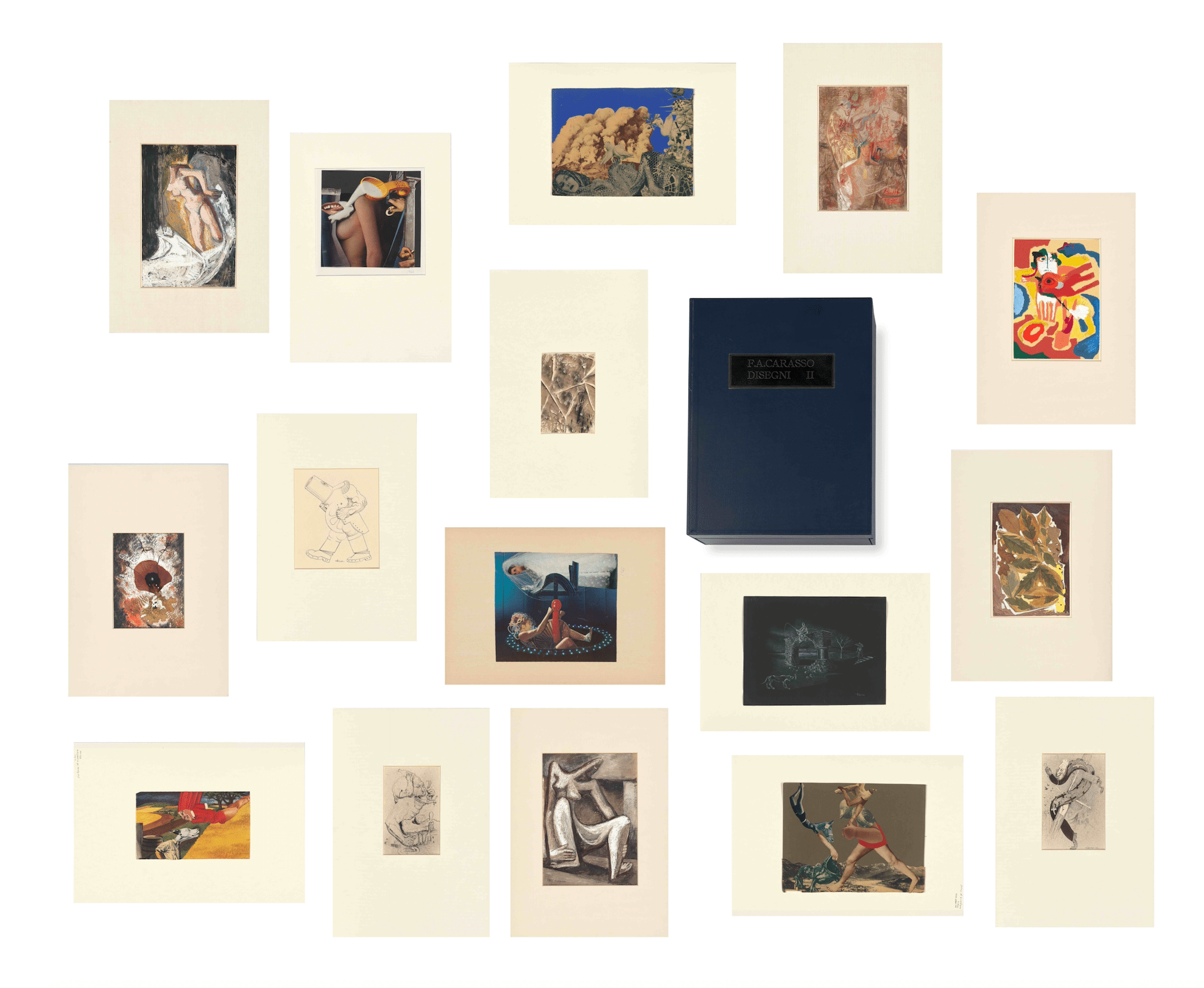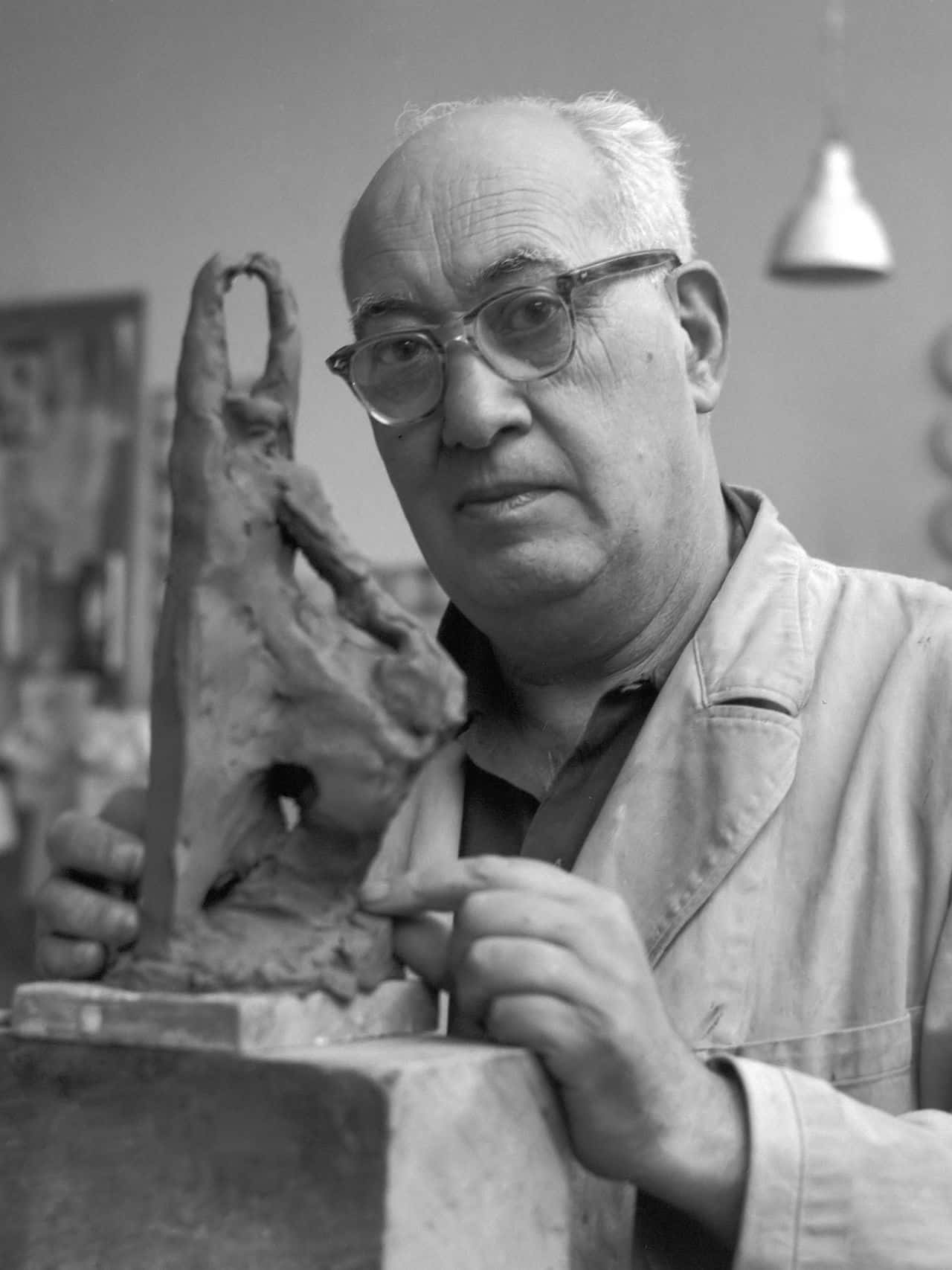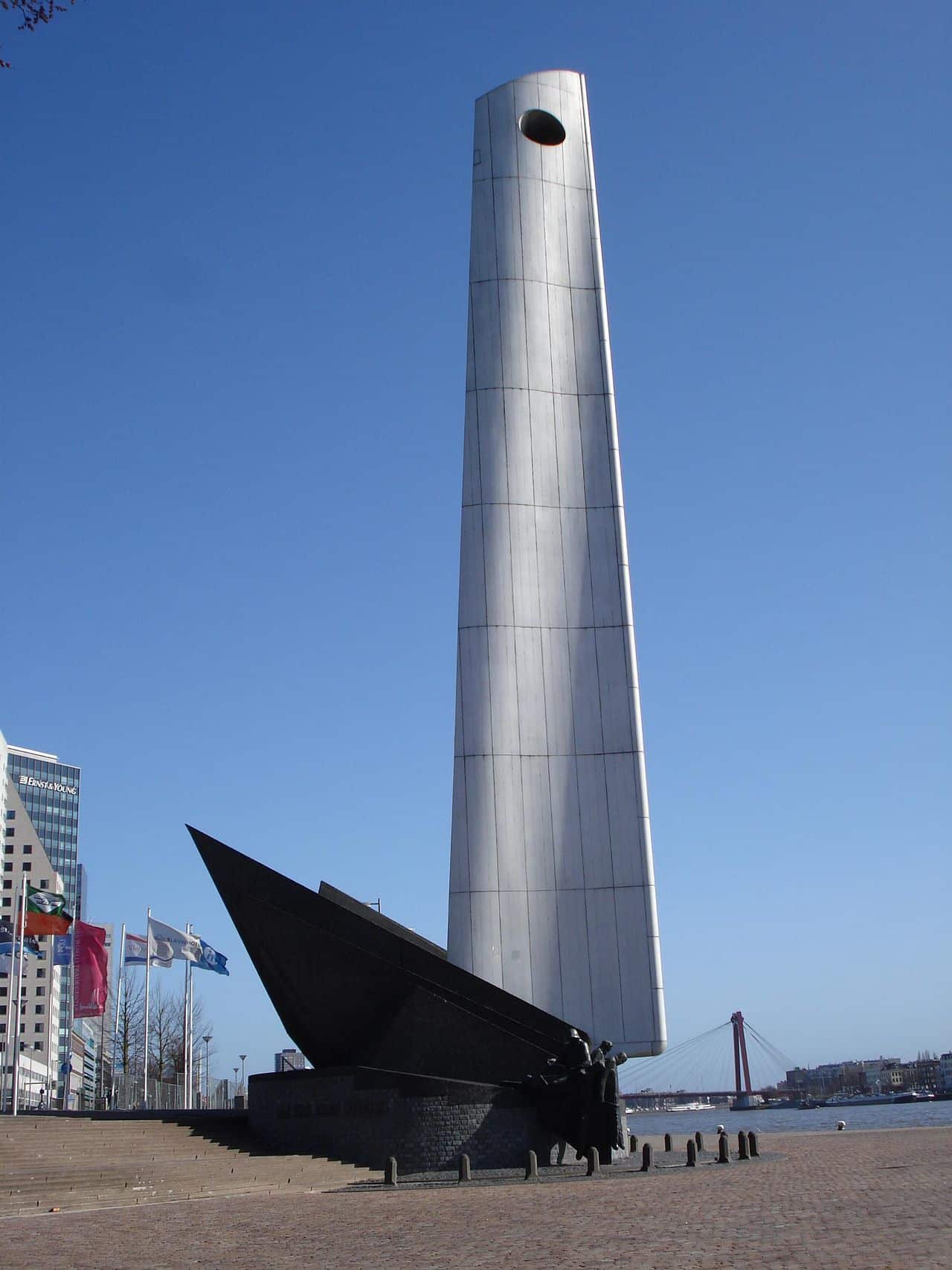Federico Carasso’s Descendants Bequeath Collection to Boijmans
Twenty boxes containing more than five hundred prints, drawings and collages by the Italian-Dutch sculptor Federico Carasso (1899-1969) have been bequeathed to Museum Boijmans Van Beuningen. The Rotterdam art museum thus holds the largest collection of this artist’s works on paper.
In 2020 the descendants of Federico ‘Fred’ Carasso decided to bequeath a substantial portion of his oeuvre – 514 works on paper – to Museum Boijmans Van Beuningen. This bequest of the Federico Antonio Carasso Foundation is now definitive.
Back in 2011 the art museum organised an exhibition of Carasso’s drawings, which were barely known to the public, in its Print Room. The drawings presented in Fred Carasso – A Sculptor’s Works on Paper form part of the bequest and complement the museum’s collections of Pop Art, Surrealism and sculpture. Since the exhibition, these works have remained with the museum as a long-term loan.
 Some prints of Carasso
Some prints of Carasso© Museum Boijmans Van Beuningen
The collection
In the 1980s, some twenty boxes containing the most representative works on paper were compiled by the artist’s son, Dedalo Carasso, who is a cultural historian and curator. These sheets offer numerous points of departure that place Carasso’s life and work in context. Furthermore, the collection establishes links between his plastic work and that of other artists whose work the museum has collected, including James Ensor and Kristians Tonny.
Besides CoBrA-like drawings, figure studies and the Jeu de massacre series of socio-critical prints, the bequest includes dozens of collages that use illustrations clipped from magazines. The earliest collages reveal Carasso’s interest in Surrealism, while later examples mirror his knowledge of Pop Art.
The artist
 Federico Carasso in 1963
Federico Carasso in 1963© Wikipedia / Joop van Bilsen / Anefo - Nationaal Archief
The Italian artist Fred Carasso settled in the Netherlands in 1934. He established his reputation as a sculptor, but he also left a sizeable oeuvre of works on paper. Drawing allowed him the freedom to experiment with form and style, as well as to illustrate his socio-critical vision. Carasso came into contact with Surrealism early on, when he spent a few years as a fugitive in Belgium in the 1920s.
In 1938, Galerie Robert in Amsterdam staged a surrealist retrospective and in that same year organised a presentation of Carasso’s sculptures. However, his surrealist experiments on paper remained hidden from the public, and even thereafter he usually kept them to himself.
 War monument 'The Prow', Rotterdam
War monument 'The Prow', Rotterdam© Wikipedia / F.Eveleens
He manifested himself as a sculptor first and foremost and in Rotterdam he is known for works such as The Prow – a war monument that stands adjacent to the Erasmus Bridge. Carasso’s library, sculptural medallions and several plaster models can be found at the Museum Beelden aan Zee in Scheveningen. Several other Dutch museums have his sculptures in their collections.
A decade ago, in 2011, the Fred Carasso – A Sculptor’s Works on Paper exhibition at Museum Boijmans Van Beuningen presented more than forty drawings, collages and gouaches, complemented by a few smaller sculptures. The exhibited works were produced over several decades, tackled a wide array of subject matter, and were executed using a diversity of techniques and in various styles.
The collection's visibility
The 2020 bequest by the Federico Antonio Carasso Foundation is one of the many important gifts that the museum has received in recent years. For example, last month a comprehensive library of books related to Surrealism was bequeathed to the museum collection by husband and wife Laurens Vancrevel and Frida de Jong.
The painting Man with sick dog by Co Westerik was likewise gifted to the museum in 2020. The museum is highly selective in its acceptance of bequests, which are evaluated with regard to quality and their place within the collection as a whole.
All Museum Boijmans Van Beuningen’s works are currently stored in external depots, awaiting their transfer to Depot Boijmans Van Beuningen, which will open its doors in the autumn of 2021. Works on paper such as the Carasso bequest will be stored in the Depot’s Print Room, where they can be consulted by the public and/or be seen during guided tours or in depot presentations.












